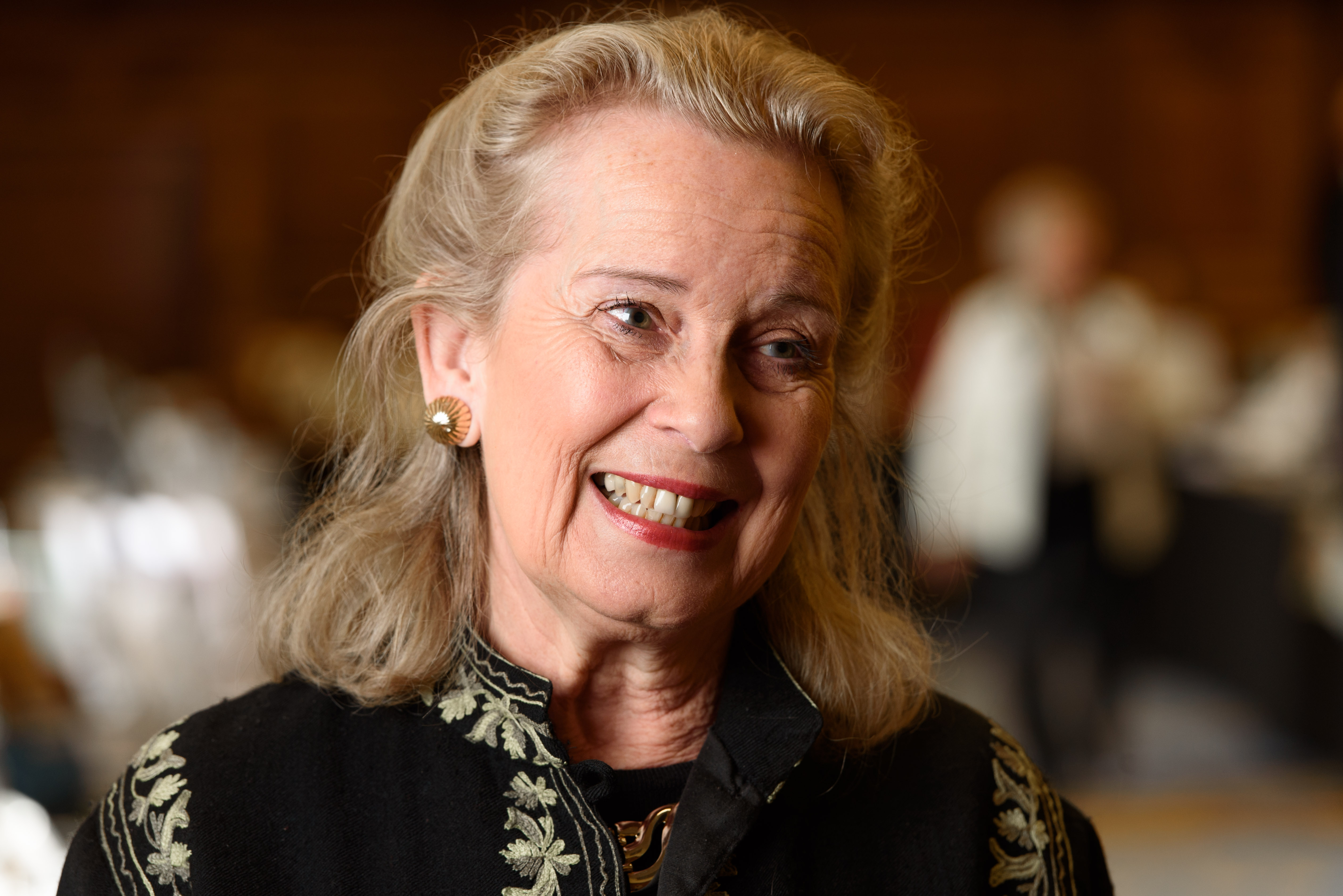Join us at the Highnam Community Centre, Gloucester to discover the evolution of landscape painting!
From the ancient city of Pompey to the revolutionary works of Cezanne, this event will take you on a journey through centuries of artistic innovation. Discover how landscapes have been depicted and transformed over time and gain a new appreciation for this timeless art form. Don't miss out on this unique opportunity to delve into the rich history of landscape painting!
Landscape painting was not considered seriously as a subject until the sixteenth century. Until this time, it remained a background for the religious and mythological paintings of many artists such as Jan van Eyck and Titian. By the middle of the seventeenth century in the works of Claude Lorrain or Jacob van Ruisdael, landscape painting has developed into an independent subject, admired for its own sake. We will begin looking at these early developments followed by an analysis of the work of English landscape painters and their French and German successors in the 19th century
The day consists of three sessions:
Lecture 1: Emergence and Revival: Classical Landscape Painting and it’s Revival in the Middle Ages and The Renaissance.
It appears that landscape frescoes were used as early as Roman times. However, landscape virtually disappears after this until 13th century as Art had mainly portrayed Christian subjects. By I5th century landscape is a key component in a composition, and we will look at the work of Jan van Eyck, Leonardo, Piero della Francesca and Raphael.
Lecture 2: Landscape Painting Triumphant in Dutch, Flemish and Italian Painting in the 16th and 17th Century
The 16th and 17th centuries saw the emergence of landscape as a subject in its own right by German artists Dürer, Lucas Cranach, Albrecht Altdorfer and the Flemish artist Joachim Patinir. By the 17th century landscape became all important in depicting the landscape of the newly emerging Dutch Republic as in the work of artists such as Esaias van der Velde, Jan van Goyen or Salomon van Ruysdael. In the next generation Rembrandt and Jacob van Ruisdael saw the dramatic power and melancholy of landscape while Rubens infused his landscape with an autumnal warmth which later influenced Gainsborough. By the middle of the 17th century a wide variety of landscape developments were apparent.
Lecture 3: From Rococo to Expressionism: Landscape Painting in the 18th and 19th Centuries
By the 18th century artists throughout Europe and Britain, exploited landscape in a myriad of different ways. Idyllic garden or wooded landscapes were painted by Nicolas Lancret or Joshua Reynolds behind single or groups of figures. One of the most innovative artists in whose work landscape takes on a very special role is Caspar David Friedrich, who infused landscape, in his, work with a power and resonance not seen before. Landscape also is used and painted with a distinctive clarity and elegant simplicity by Scandinavian painters by such as Christen Købke or Helene Schjerfbeck. Towards the end of the century landscape becomes the main subject of experimentation used to great effect in the ways it is painted by Impressionist and Post-Impressionist painters from Claude Monet to Vincent van Gogh or Cezanne. Equally varied are the landscapes painted by art nouveau painters from Gustav Klimt or Egon Schiele and their contemporaries.
How to book this event:
Our Special Interest Day is open to members and guests, tickets are now on sale Price £30 for members £35 for guests, to include morning coffee and lunch.
Guests can book on Eventbrite
THE ARTS SOCIETY ACCREDITED LECTURER

Mrs Clare Ford-Wille
Honours degree in History of Art, Birkbeck College, University of London. Regular commitments include Centre for Lifelong Learning, London University, National Gallery, V&A Museum, WEA, Morley College, the City Literary Institute, the Art Fund and National Trust. Study tours abroad.
OTHER EVENTS
Lecturer Rachel Church reveals how in the 18th and 19th centuries, jewels were used to send coded messages.
Brighton Road





